Face masks and respirators have become familiar sights during the COVID-19 pandemic. They are available in many different styles, shapes, and materials. They can be made from cloth, plastic, paper, and other materials; some bear confusing names and numbers. The problem is, how do you decide between the various types of masks? And how do you know which type to get?
Types of Protection in Face Masks
Face masks and other protective equipment were created for use in the workplace. Different types of masks were developed to protect against different hazards.
For example, waterproof surgical masks are designed to prevent physicians from infecting wounds or surgery sites in their patients from their exhalations, such as coughs or sneezes. They were created to protect the wearer against large drops and splashes of bodily fluids but do not protect the wearer from breathing in smaller droplets and aerosols.
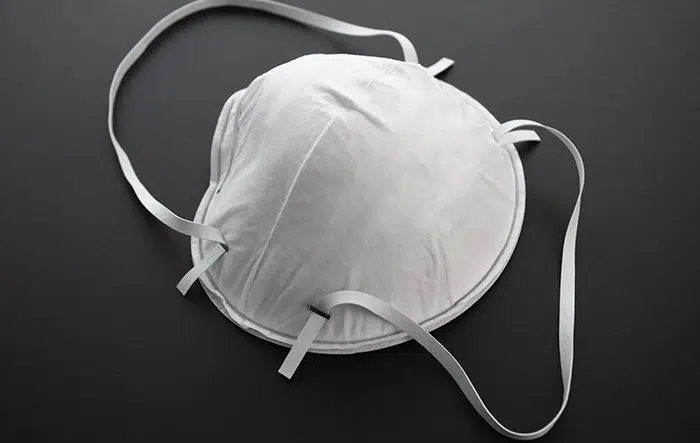
Single-use face masks provide even less protection. Both of these types hang loosely rather than fitting tightly against the wearer’s skin, and as a result, they do not have a safety classification. However, you can buy a mask fitter or brace, which pushes the mask closer to your skin, ensuring better protection.
On the other hand, respirators were designed to minimize inhalation of hazardous material in the air by the wearer. Unlike masks, they form a tight seal against the wearer’s skin and have strict safety standards and testing requirements, depending on the level of protection they provide. The most common respirators seen today, FFP and N95 masks, are nearly the same size and shape as face masks and surgical masks but provide much more protection to the wearer.
Low-grade filtering respirators protect against large, coarse dust and other particulates and are commonly used in construction; higher-grade filters protect against smaller particles, including aerosolized particles. Aerosols are droplets of liquid small enough to float freely in the air, rather than falling immediately down to the floor or other surfaces, as larger drops do.
Anyone infected with a respiratory illness can generate aerosols, potentially containing infectious viral material, merely through breathing or coughing. We know now that these aerosols play a significant role in spreading COVID-19. In fact, COVID-19 suspended in aerosols has been found to remain viable as long as three hours after aerosolization.
Face Mask Classifications and Grading
Throughout the pandemic, as more and more people build awareness of mask usage and classification, you’ve likely encountered a variety of terms and acronyms. So what do they mean, and which ones are most important? Two that come up most often are N95 and FFP.
The term “FFP” stands for “filtering face-piece.” Respirator masks made under this name are designed to adhere to the European safety standard 149:2001. This standard is similar to grading from NIOSH, the National Institute for Occupational Safety and Health. NIOSH regulates the design of respirators in the United States, such as the N95 respirator.
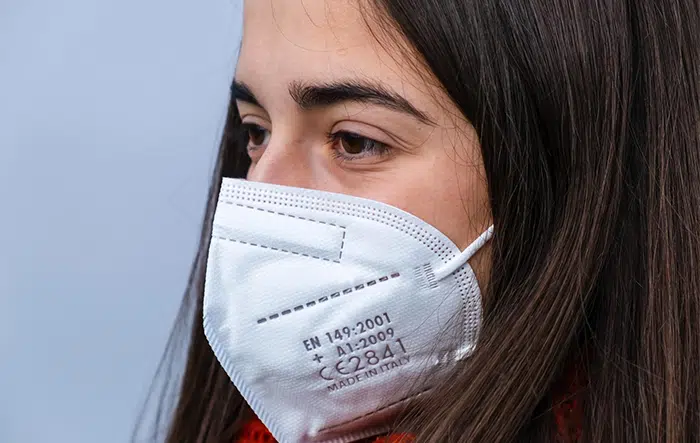
There are other designations in the NIOSH standard, such as R95 and P95, which refer to resistance to oil: N95 respirators are not resistant to oily particles, R95s are oil-resistant, and P95s are oil-proof. But to prevent the spread of airborne illness, this makes no difference; neither COVID-19 nor the aerosols you breathe out are oil-based.
The European standard defines three classes of masks, FFP1, FFP2, and FFP3, in order of increasing levels of protection. FFP1 protects against the largest, most coarse particulates; FFP3 provides the most fine-grained protection.
- The FFP1 respirator provides the lightest level of protection against airborne particles. It is designed to provide 80% protection against particles of 0.3 micrometers in diameter and larger.
- The FFP2 respirator provides 94% protection against particles of at least 0.3 micrometers in diameter. This is about the same level of protection as provided by N95 respirators (which, as the name suggests, provide 95% protection against the same size of particles), as well as KN95 respirators (which are designed to meet the roughly equivalent Chinese standard).
- The FFP3 respirator provides the heaviest-duty protection among the FFP class. The masks offer 99% protection against particles of 0.3 micrometers and larger. This is equivalent to the American NIOSH standard of N99 respirators.
Though levels of classification differ between geographical regions, standards of protection are not terribly different. An FFP2 and an N95 will be roughly equivalent, and the minimal difference is not practically noticeable in daily life.
Which Mask is Right for You?
It’s essential to pick a mask that meets your needs. Each of these levels of respirator provides more protection than the one listed above it, at the cost of making it more difficult to breathe. Choosing a mask that does not provide enough protection for your environment potentially puts you at risk.

FFP1 respirators protect you from breathing in large particles and are commonly used in places such as construction areas involving heavy dust and similar non-toxic particles, such as dust from sanding, brick dust, or pollen, but will not provide adequate protection against toxic materials or infectious disease.
FFP2 respirators, like the equivalent N95 and KN95 standards, protect toxic materials suspended in the air, such as lead dust, smoke, and aerosol particles, including for protection against COVID-19. The World Health Organization (WHO) and Centers for Disease Control (CDC) recommend using FFP2 and N95 respirators during the global Coronavirus pandemic. In addition, they have long been the choice for healthcare practitioners to prevent the spread of the flu.
FFP3 (and the equivalent N99 respirators) provide extra protection against toxic fumes and very fine dust, such as asbestos. They also provide even more protection against aerosols, such as those which spread COVID-19. However, as we mentioned, they also make it more difficult to breathe; in many situations, an FFP2 or N95 may provide enough protection.
There is also the N100 standard, which provides 99.97% protection against particles of 0.3 micrometers and larger. This level of filtration is helpful in circumstances requiring minimizing exposure to toxic airborne substances, such as in industrial settings, but it’s overkill for preventing the spread of airborne illness.
Fit and Design of an Every Day Mask
It is also essential to consider the design and manufacturing of the mask you choose to wear. For example, KN95 respirators are typically made with ear loops, which leave the mask hanging loose. This design can make it very difficult to create a proper seal. In addition, high demand has caused supply shortages, and the market has been flooded with counterfeit respirators, which may not provide the requisite level of protection.

Many (though not all) N95 and FFP2 respirators are more protective than KN95 because they are made with straps that wrap around the back of the head. This design makes it much easier to secure a tight seal with the wearer’s skin, ensuring that it can provide the rated level of protection. If there are any gaps, it can be much less protective.
In addition, some respirators made to these specifications have a valve built into them. This option allows more air and humidity to escape the mask, making wearing the mask more comfortable and reducing glasses or goggles fogging up while it’s being worn. However, the valves typically are not filtered on exhalation, which means they protect only the wearer, not others around them. So they are not rated acceptable for use in medical situations. To prevent the spread of airborne illness, only respirators without an exhalation valve should be worn.
Single-use face masks and surgical masks provide a much lower level of protection than respirators do. This is partly because they do not form a tight seal with the wearer’s face and partly because they generally are not designed to meet any given safety standards. They are suitable for protecting others from the wearer’s expelled droplets, though not as much as FFP2 or N95 respirators. Most importantly, they do not provide much protection in the opposite direction in protecting the wearer from environmental hazards. As a result, they should not be used as a substitute for an appropriately sized and fitted FFP2 or N95 respirator.
The Importance of Fitting
When it comes to wearing a respirator such as FFP2 or FFP3, the fit is the most important thing you need to ensure protection. The outside edge of the face mask should fit snugly around the mouth and nose of the wearer, pressing completely against the surface of the skin, all the way around. Facial hair can interfere with the ability to obtain a tight seal, so when it comes to respirator use, the CDC recommends the area around the mask is clean-shaven.
You should also choose masks with nose wires. This feature built into the top of the mask allows you to fit the top of the mask tightly with your skin, closely following the shape of your nose and cheeks. Obtaining a tight fit is nearly impossible without this wire or a similar structure in a respirator.
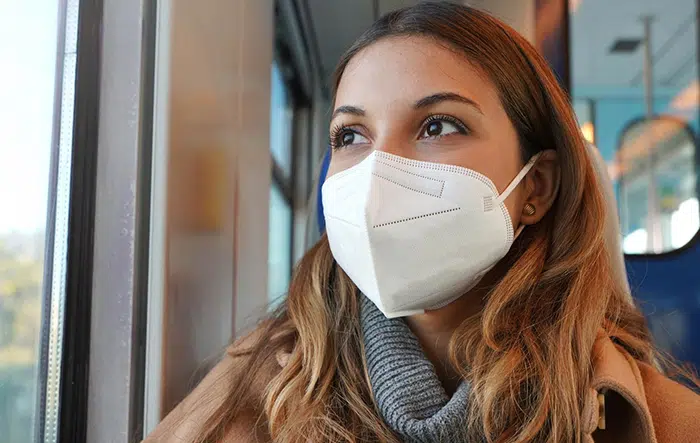
Masks and respirators are not always made equally, even when designed to meet the same standard. Therefore, it may be worth experimenting with buying several different designs and styles of respirators to see which are the most comfortable and form the closest seal with your face.
Other Mask Alternatives
Another type of mask that has seen increased popularity as the global Coronavirus pandemic has worn on is the half-mask respirator. These masks were originally designed for use in construction and industrial settings, protecting against gases, vapors, and particles.
Half-mask respirators may be more convenient because they are larger and cover more of the wearer’s face, not requiring shaving a beard before use. They also tend to be made of more durable, permanent materials, with adjustable straps rather than elastic bands, making them more comfortable when wearing for hours at a time.
In the long run, they may also be more cost-effective. Depending on the model, the filters can last a long time, whereas standard masks are generally rated for 40 hours of continuous use or until they become wet or soiled. So if you are expecting to spend a lot of time in places where you need to wear a mask to protect yourself, a half-mask may be less expensive over months than going through a large number of standard respirators.

However, like standard respirators, the fit is the most important thing; they are only effective when appropriately fitted to ensure a tight seal with the wearer’s face. Also, they may muffle or deaden the wearer’s voice because they are more enveloping and made from harder materials like plastic rather than paper or cloth. A standard respirator like an FFP2 may be recommended if you’ll need to do a lot of talking.
We discussed less effective masks above, such as disposable face masks and surgical masks, which are not particularly effective at preventing the spread of an airborne illness such as SARS-CoV-2. There are also other types of masks, such as cloth masks and wraps. However, these are not made to any regulated standard and provide minimal protection, especially against aerosols and fine droplets.
For casual use, a cloth mask with a filter like ours is more than enough to offer protection to the wearer and those around them. However, for industrial use, wildfire protection, and other uses, a graded respirator is more appropriate.
Wearing Masks in 2022
The CDC recommends you wear “the most protective mask you can that fits well and that you will wear consistently” to protect yourself and those around you against the spread of COVID-19 and other airborne illnesses. But, ultimately, precisely which mask you choose is a personal decision; you need to balance the cost, comfort, and availability of various types of masks against their effectiveness for what you’ll need them to do.
Homemade and unfiltered cloth masks provide the least protection, followed by disposable face masks and surgical masks. FFP1, FFP2 (and the equivalent N95 and KN95), and FFP3 (and their equivalents, N99 and KN99) respirators provide more protection, in that order; FFP2 and N95 respirators, in particular, are recommended as providing high-quality protection against the spread of respiratory illness.
Half-mask respirators provide equally good protection and may be even more comfortable and cost-effective than standard respirators, especially if you’ll be wearing them for long periods. Standard respirators can tend to become itchy or even painful if you wear them for hours on end because they depend on the tight seal provided by elastic straps for their protection. However, for daily use, you can’t go wrong with MyAir.
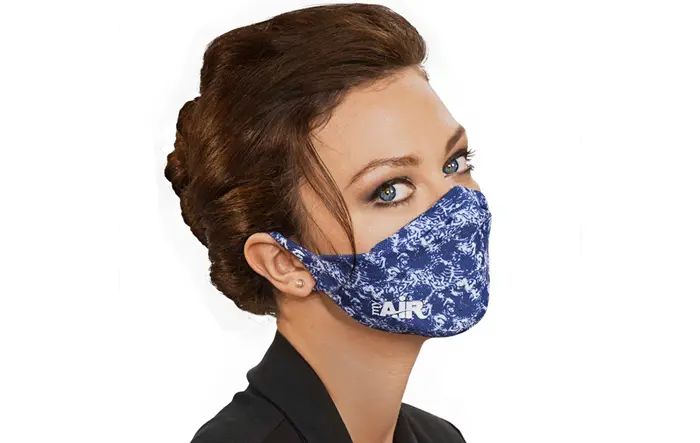
In the end, you should choose the mask or respirator to fit your situation. If you’re working on a construction project or in an enclosed space with a lot of people and the risk of COVID-19 spread, keeping yourself safe is more important than comfort. If you need to wear protection for many hours but there is little direct risk of COVID-19 exposure, wearing a disposable face mask or surgical mask may make more sense.
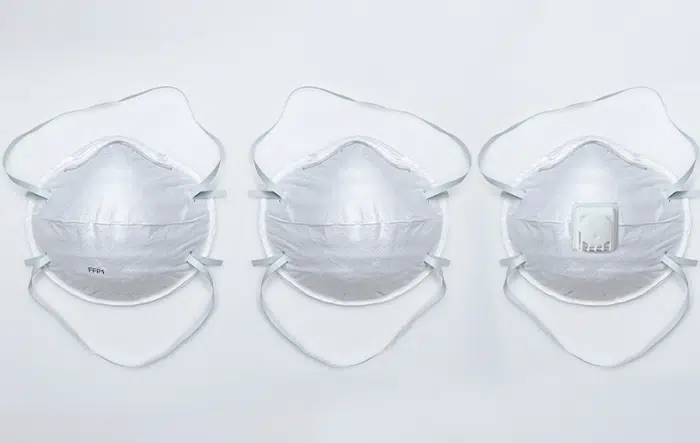
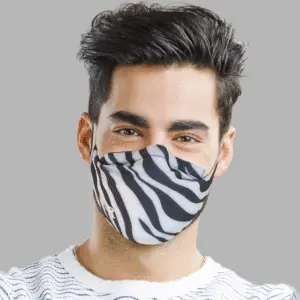

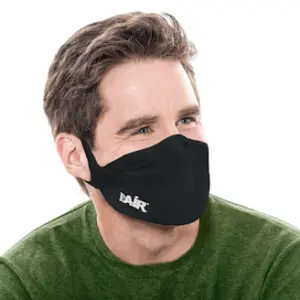
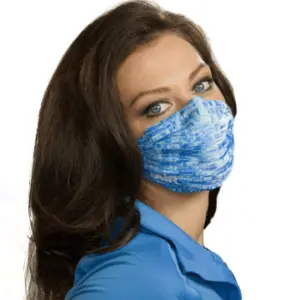
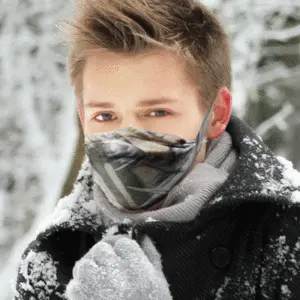
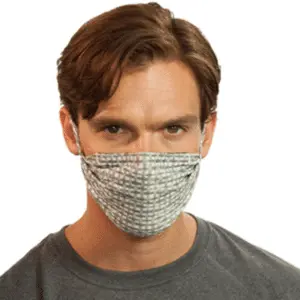
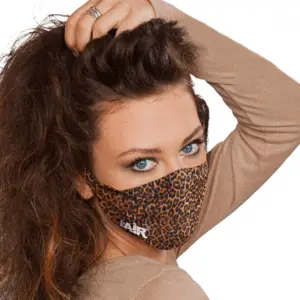


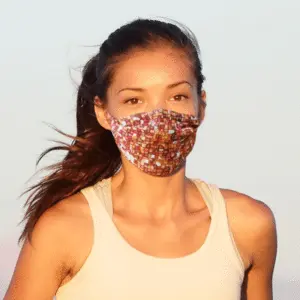

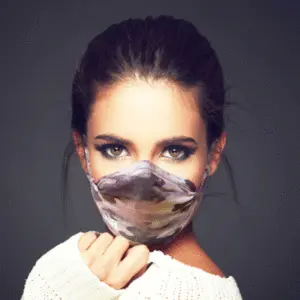
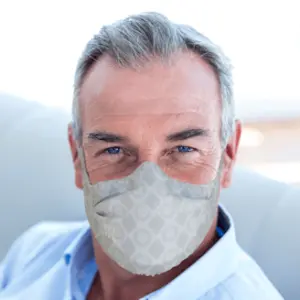



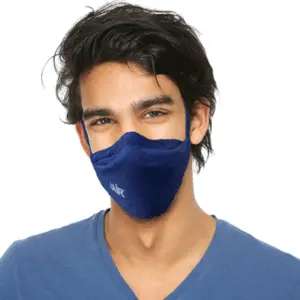

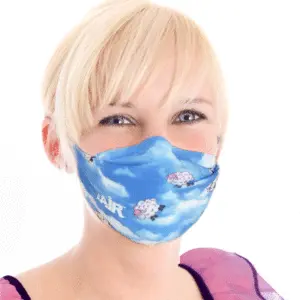
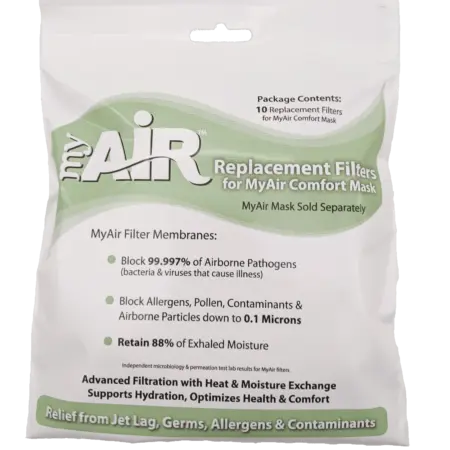
0 Comments